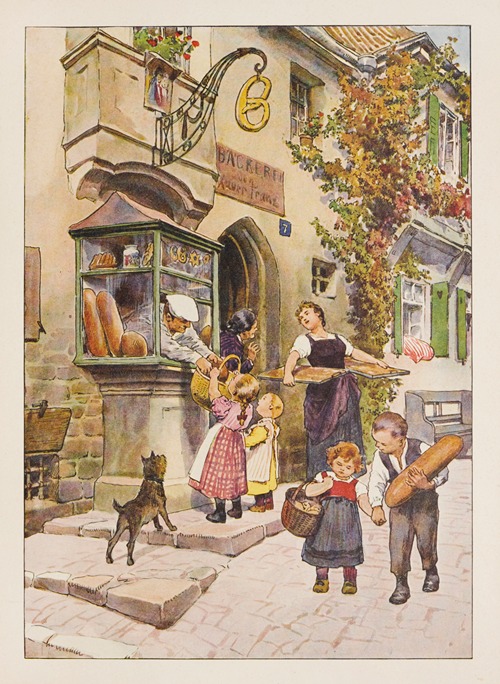
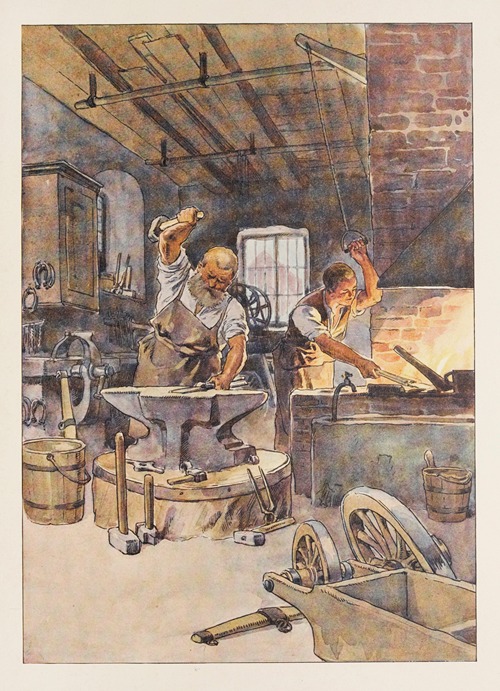
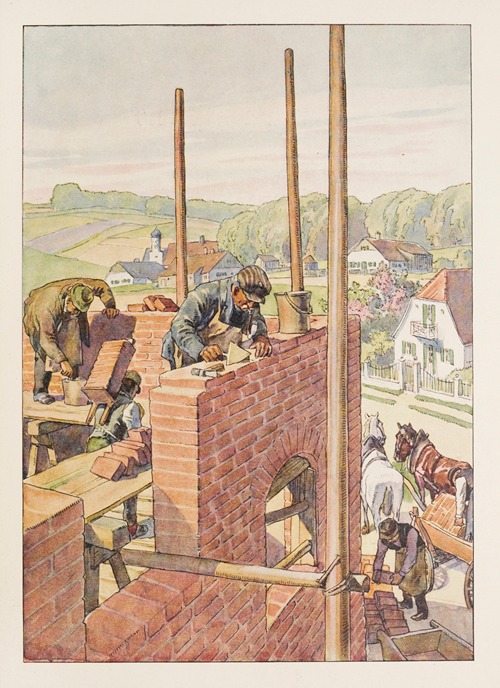
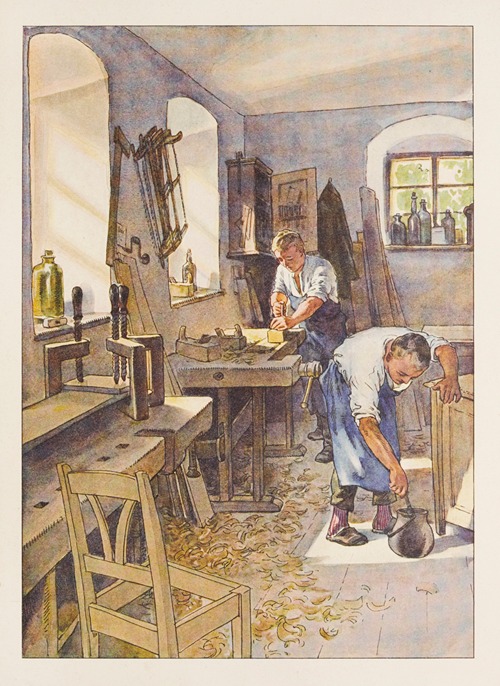
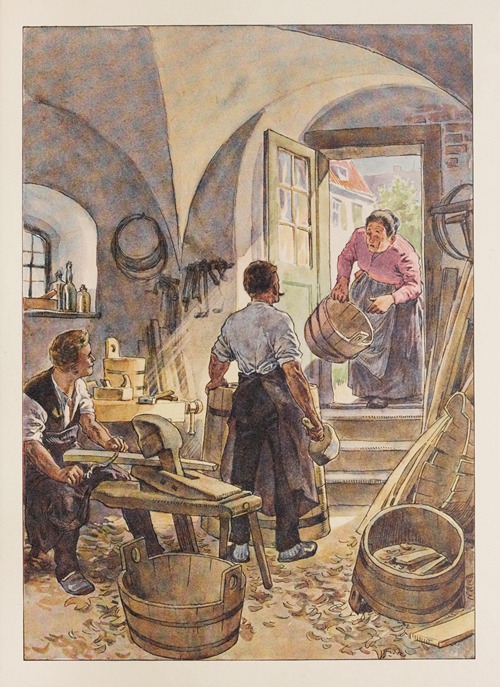
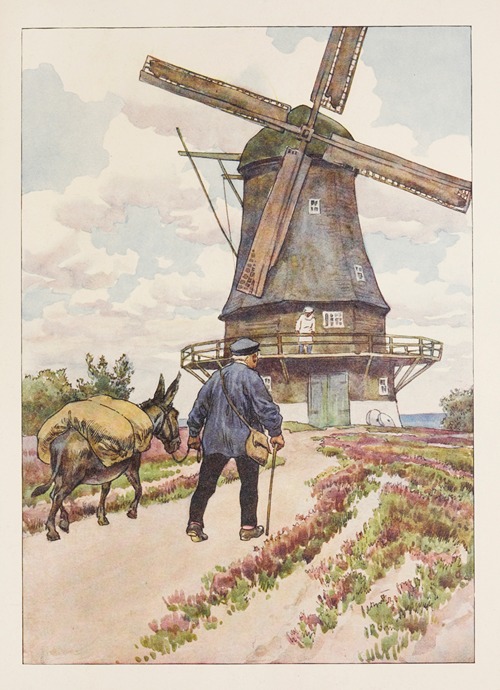
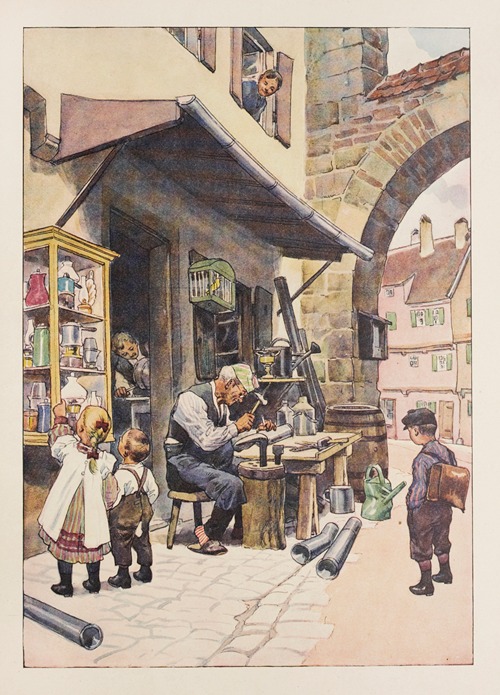
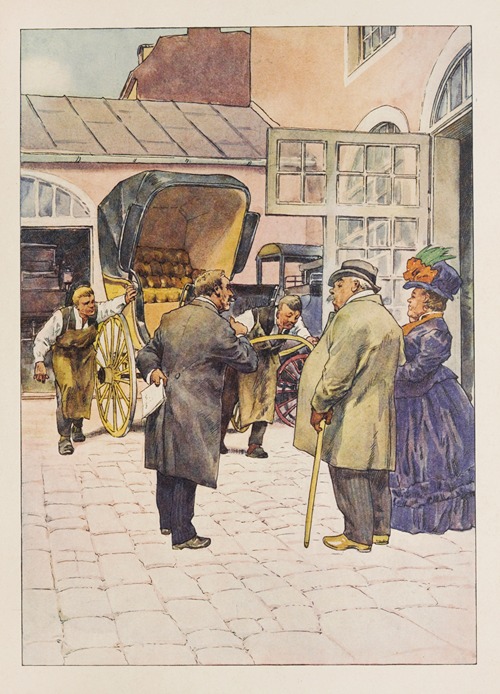
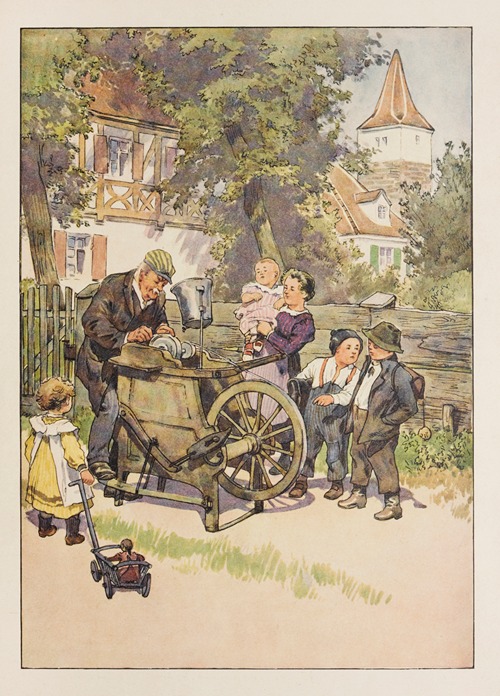
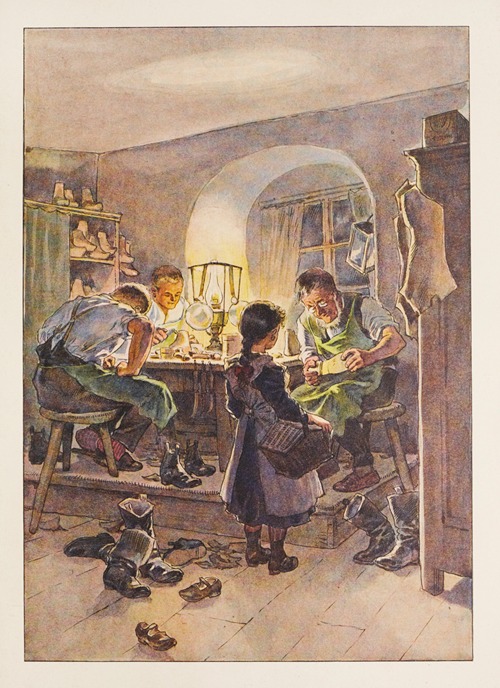
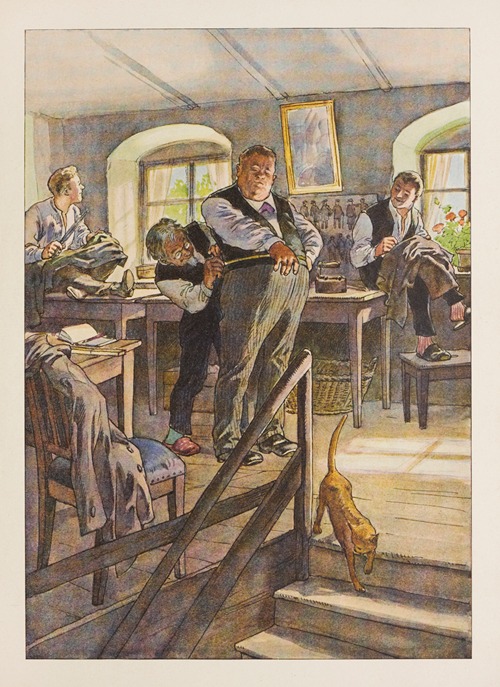
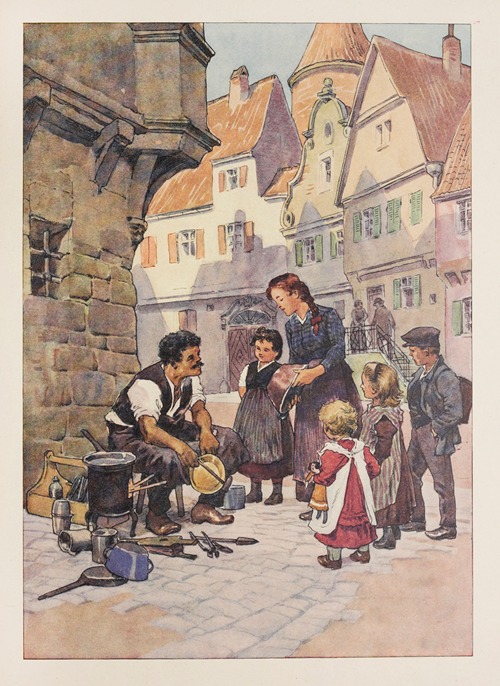
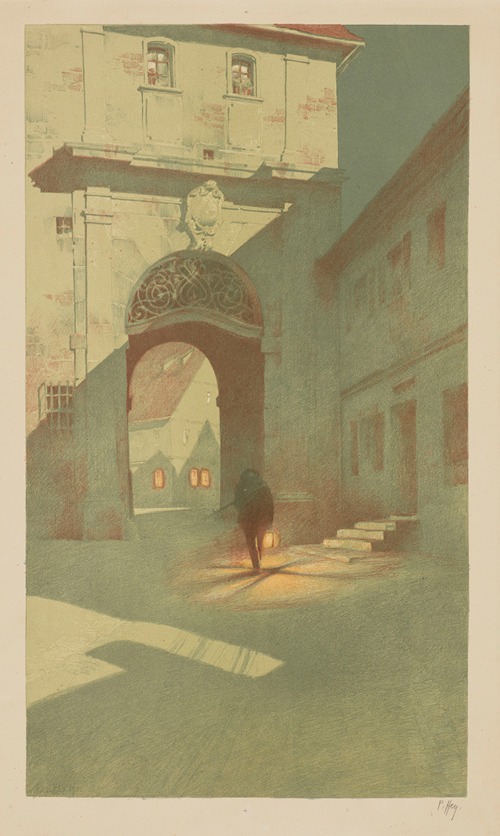
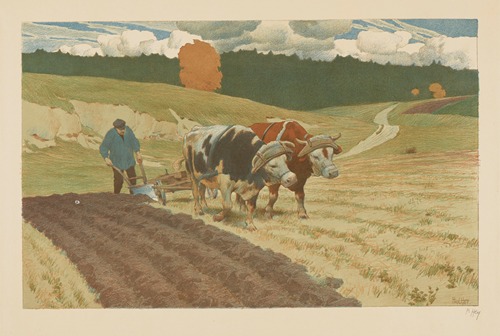
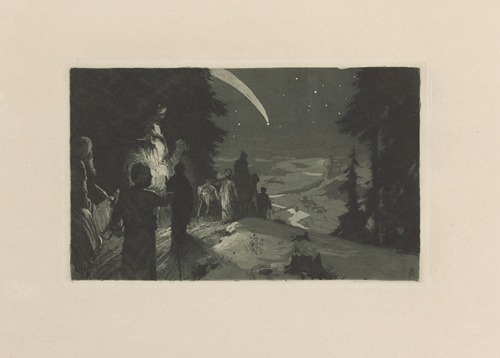
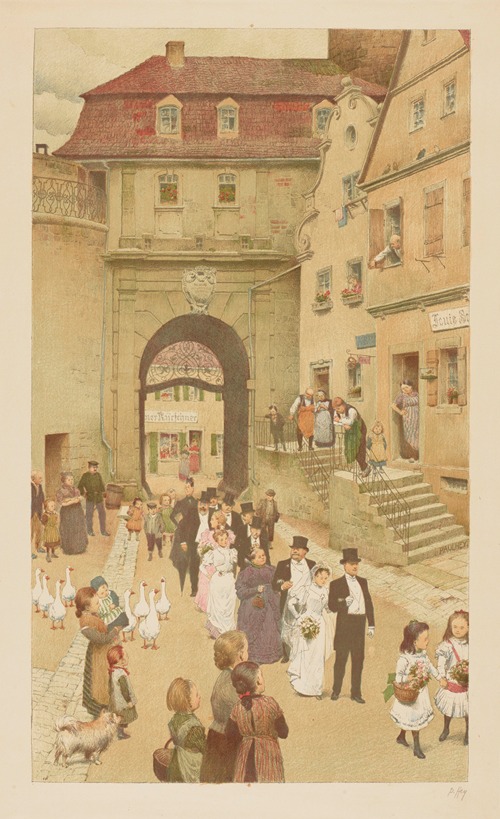
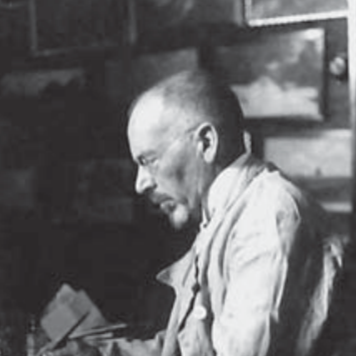

Paul Hey was a German illustrator, graphic artist, and painter. Known for his dark, wooded illustrations of fairy tales, folk songs, historic events, and quaint everyday life, his work was featured in many different commercial contexts such as postcards, book illustrations, and collectible cigarette cards. His thematic direction is noted for its connection to German Naturalism and Neo-Luddite ethos, forgoing any depiction of Modernity and technology of the era in favor of a nostalgic view of the past. Born to the musician Julius Hey on October 19, 1867 in München, Germany, he lived and worked near Gautig, Germany until his death there on October 14, 1952.















